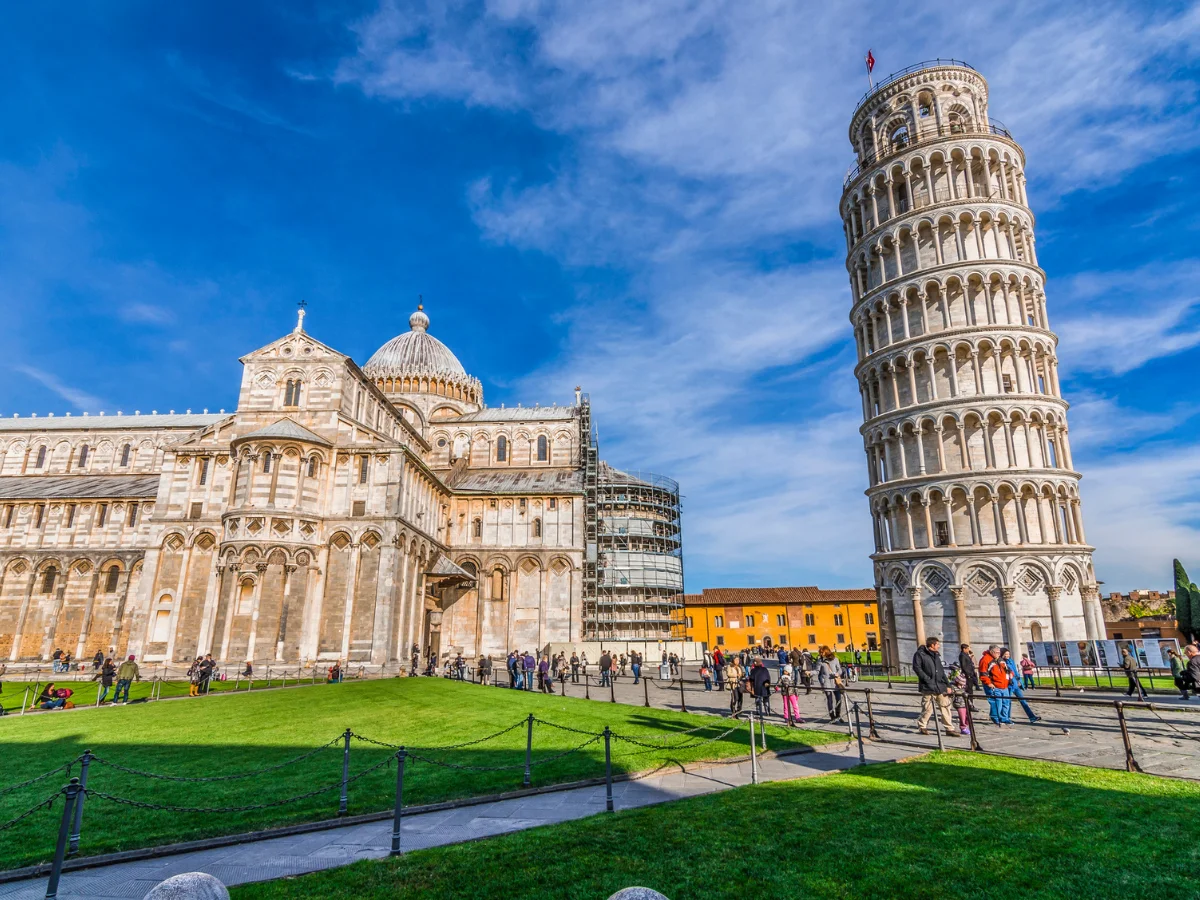The Triplex Acies was a triple line formation
The Triplex Acies was a triple line formation that exemplified Roman military strategy. Organized into three lines, troops had distinct roles. Experienced soldiers led the front line, while supporting lines provided reinforcement. This formation offered strategic depth and flexibility. Units could be rotated as needed, ensuring adaptability. Discipline was crucial for cohesion and coordination. The Triplex Acies proved versatile across different terrains. Its effectiveness secured numerous Roman victories, highlighting Roman tactical prowess. This formation’s legacy endures as a testament to Roman military ingenuity and strategic brilliance.

The Triplex Acies was a triple line formation used by Rome
The Triplex Acies was a significant military formation utilized by the ancient Romans. This formation, also known as the triple line, played a crucial role in shaping the outcome of battles during the height of the Roman Empire.
Formation and Structure
The Triplex Acies consisted of three lines of soldiers arranged in a strategic manner. The first line, known as the hastati, comprised young and inexperienced soldiers armed with spears. Behind them stood the principes, seasoned veterans equipped with swords and shields. Finally, the third line consisted of the triarii, elite soldiers armed with long spears.
Tactical Advantage
This triple line formation provided several tactical advantages to the Roman army. By staggering their forces into three distinct lines, the Romans could effectively engage the enemy at different stages of the battle, ensuring a continuous and relentless assault.
Flexibility and Adaptability
One of the key strengths of the Triplex Acies was its flexibility and adaptability to various battlefield conditions. Roman commanders could adjust the deployment of troops within each line based on the evolving circumstances of the engagement, allowing for swift and effective responses to enemy maneuvers.
Coordination and Cohesion
The success of the Triplex Acies relied heavily on the coordination and cohesion of the Roman soldiers. Each line worked in tandem with the others, supporting and reinforcing one another as they advanced or defended against enemy attacks. This unity of purpose and action was instrumental in securing victories on the battlefield.
Strategic Depth
The triple line formation provided the Roman army with strategic depth, ensuring that even if the front lines were breached, there were additional layers of defense to fall back on. This depth prevented the enemy from easily overwhelming the Roman forces and allowed for strategic withdrawals or counterattacks.
Historical Significance
The Triplex Acies played a significant role in numerous battles throughout Roman history, including famous conflicts like the Battle of Cannae and the Battle of Zama. In these engagements, the strategic use of the triple line formation helped the Romans achieve decisive victories over their adversaries.
Legacy and Influence
The legacy of the Triplex Acies extended beyond the borders of the Roman Empire, influencing military tactics and formations for centuries to come. Military leaders throughout history studied and emulated the Roman approach to warfare, recognizing the effectiveness of the triple line formation in achieving battlefield success.
Conclusion
In conclusion, the Triplex Acies was a formidable military formation that contributed to the military dominance of the Roman Empire. Its strategic design, flexibility, and coordination were instrumental in securing victories on the battlefield and shaping the course of history.



